Prevailing in logistics through modern tech
 |
| Julien Brun, managing partner at CEL Consulting |
The Comprehensive and Progressive Agreement for Trans-Pacific Partnership (CPTPP) has been validated in Vietnam since January 2019. Meanwhile, the long-awaited EU-Vietnam Free Trade Agreement (EVFTA) was signed in Hanoi last June. Thanks to both of these FTAs, Vietnam’s logistics industry will witness a robust expansion and a rising demand for logistics activities.
A report by the World Bank pointed out that the CPTPP will help increase Vietnam’s GDP by 1.1-3.5 per cent. In addition, the historic deal also helps increase the supply of goods for the retail and distribution sectors.
Meanwhile, Vietnam’s export turnover to the EU is expected to increase by 20 per cent in 2020, 42.7 per cent in 2025, and 44.37 per cent in 2030 in light of the EVFTA. The agreement will remove tariffs on 65 per cent of EU exports the moment it comes into force, according to the Ministry of Planning and Investment.
The main objective of these agreements is to increase the two-way trade between Vietnam and its economic partners. The added trade volume may come on top of the currently traded goods or at the expense of other wares whose tariffs will remain high.
From a logistics point of view, as the export and import volumes are expected to grow, the demand for logistics services is also projected to rise proportionally.
So, we are coming to a time where Vietnam is required to invest in its logistics infrastructure to cope with this extra volume in order to not become a bottleneck to international trade.
Thanks to the rising scale of these exchanges, investors are now reinsured that their assets will be fully utilised to serve the upcoming demand, thus generating reasonable returns.
There is currently a massive injection of capital in warehousing throughout Vietnam, particularly in cities like Haiphong, Hanoi, Ho Chi Minh City, and Danang. At the same time though, there is a shortage of available construction space which raises the rents of storage facilities in the country.
We will see more advanced, secure, and international facilities on the market. Cold chain storage is an area that will probably grow even higher than the standard dry storage since the export of agricultural products such as fresh produce constitutes an important pillar of Vietnam’s economy.
However, infrastructure alone is not enough to increase cost-efficiency for Vietnam’s logistics industry. Integration is the second trend that will transform the logistics landscape.
There are over 260,000 companies providing some kind of logistics services in Vietnam, with the majority of them being very small companies with limited capabilities and simple transport options.
It is critical for Vietnam’s logistics to further integrate services like custom clearance, storage, freight forwarding, handling, and labelling with each other and sync them to avoid efficiency issues that mostly happen at these interfaces.
It is likely that small players disappear progressively since larger companies can combine different services with each other to offer so-called one-stop shop types of services from door to door. This is important as it will further support the fact that manufacturers are now willing to outsource these logistic activities to focus on their core business.
Therefore, these important agreements are going to help investors to increase their share by offering more integrated, more straightforward, and more secure services. The landscape will evolve quickly as pressure on cost and time will continue to rise with these treaties.
Foreign players are definitely leading the show in Vietnam, in terms of services provided to manufacturers and retailers. The main value they offer is peace of mind. More than half of manufacturing companies still manage their logistics by themselves.
However, when someone comes and proposes to take care of it in a similar time and even at a lower cost, only a few companies would not make the move to outsource their logistics.
Moreover, currently foreign players are leading in design solutions, integrated services, and customer care. They have also significant capital to invest and start to see Vietnam as a safe market to pour it into. They handle regionally significant volumes that allow them to negotiate better shipping rates than local players.
Moreover, they can offer regional distribution centres to multinational companies while also providing local services in various markets, such as in Vietnam.
Overseas companies are also present in both shipping and receiving markets which allows them to ensure that goods are effectively reaching their destinations as promised.
Vietnam’s logistics market will face harsh competition with more competitors from the EU. According to the World Bank Logistics Performance Index 2018, Germany ranked first in the world, followed by Sweden, Belgium, and Austria.
The competitiveness of local logistics companies is still much lower than those from more mature markets, including those from the EU. Catching up by themselves will be a massive challenge. Chances are that a lot of small local businesses will start to run out of demand because their services are too basic and their technological level is far behind.
Hence, local companies may have to reach out further than just Vietnam and start operating from various countries in the world to handle both dispatch and reception. They also would need to seek for technological solutions that will help them to offer headache-free services to shippers.
What the stars mean:
★ Poor ★ ★ Promising ★★★ Good ★★★★ Very good ★★★★★ Exceptional
Related Contents
Latest News
More News
- Technology players seek seamless digital integration (January 09, 2025 | 20:00)
- Continued growth set for e-commerce (January 09, 2025 | 18:00)
- Innovations and impacts on international trade (January 09, 2025 | 16:15)
- Coteccons honoured with 'VNR Top 50 Vietnam' award for seventh year running (January 09, 2025 | 15:31)
- Vietnam strives for ambitious outcomes (January 08, 2025 | 18:00)
- Labour market equipped to take its next major leap (January 08, 2025 | 16:40)
- Assessing growth drivers in 2025 through expert lenses (January 08, 2025 | 16:35)
- Uber rival Bolt to make foray into Vietnam's ride-hailing market (January 08, 2025 | 15:38)
- Vietnam SuperPort and strategic partners develop rail logistics (January 08, 2025 | 09:37)
- Pharma seeks tech transfer incentives (January 07, 2025 | 16:00)




 Tag:
Tag: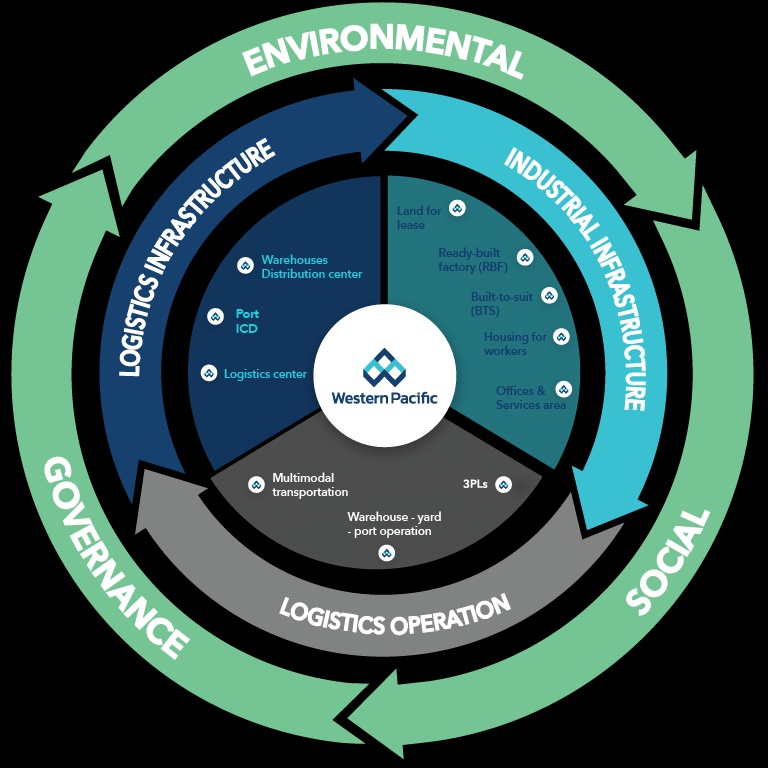
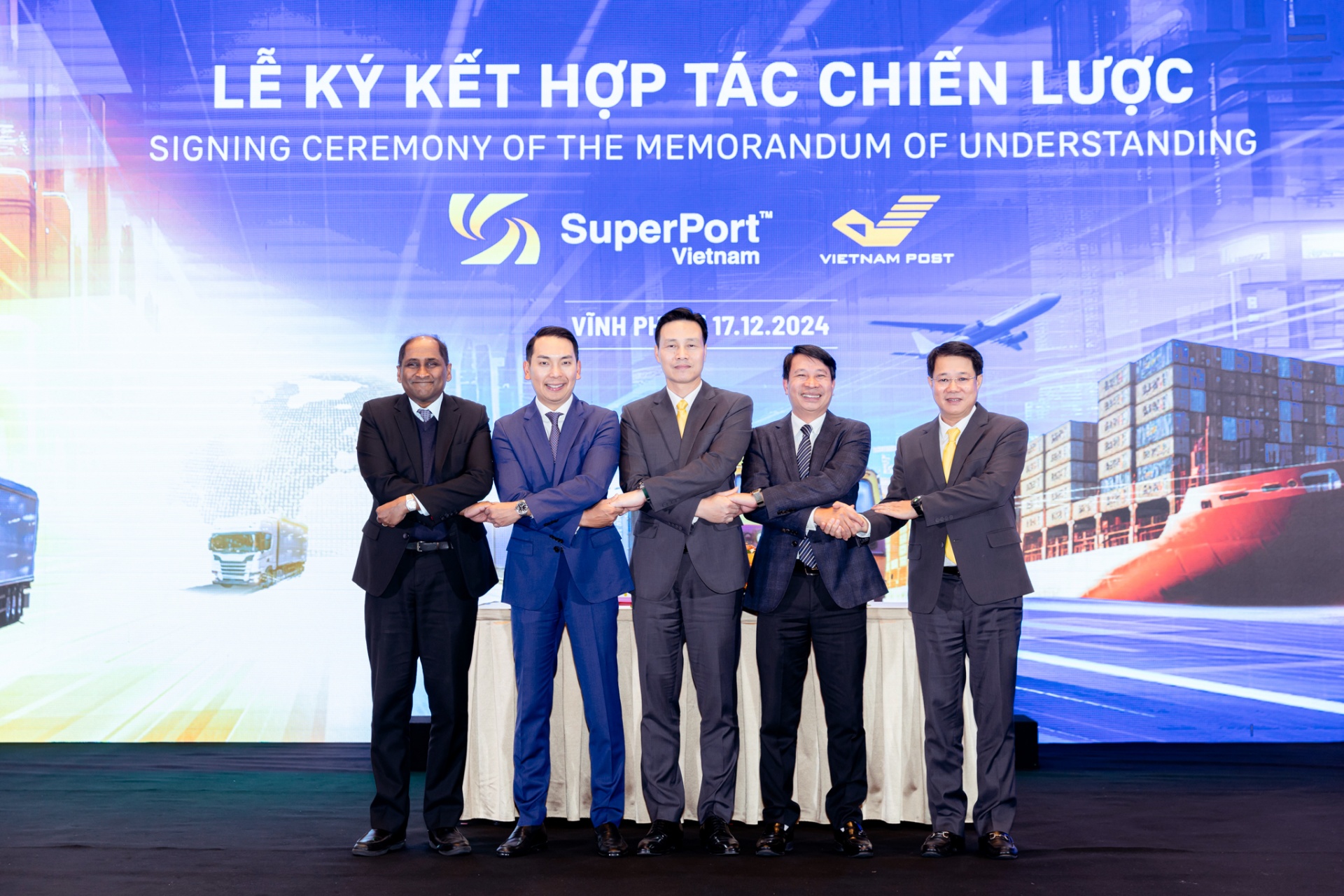

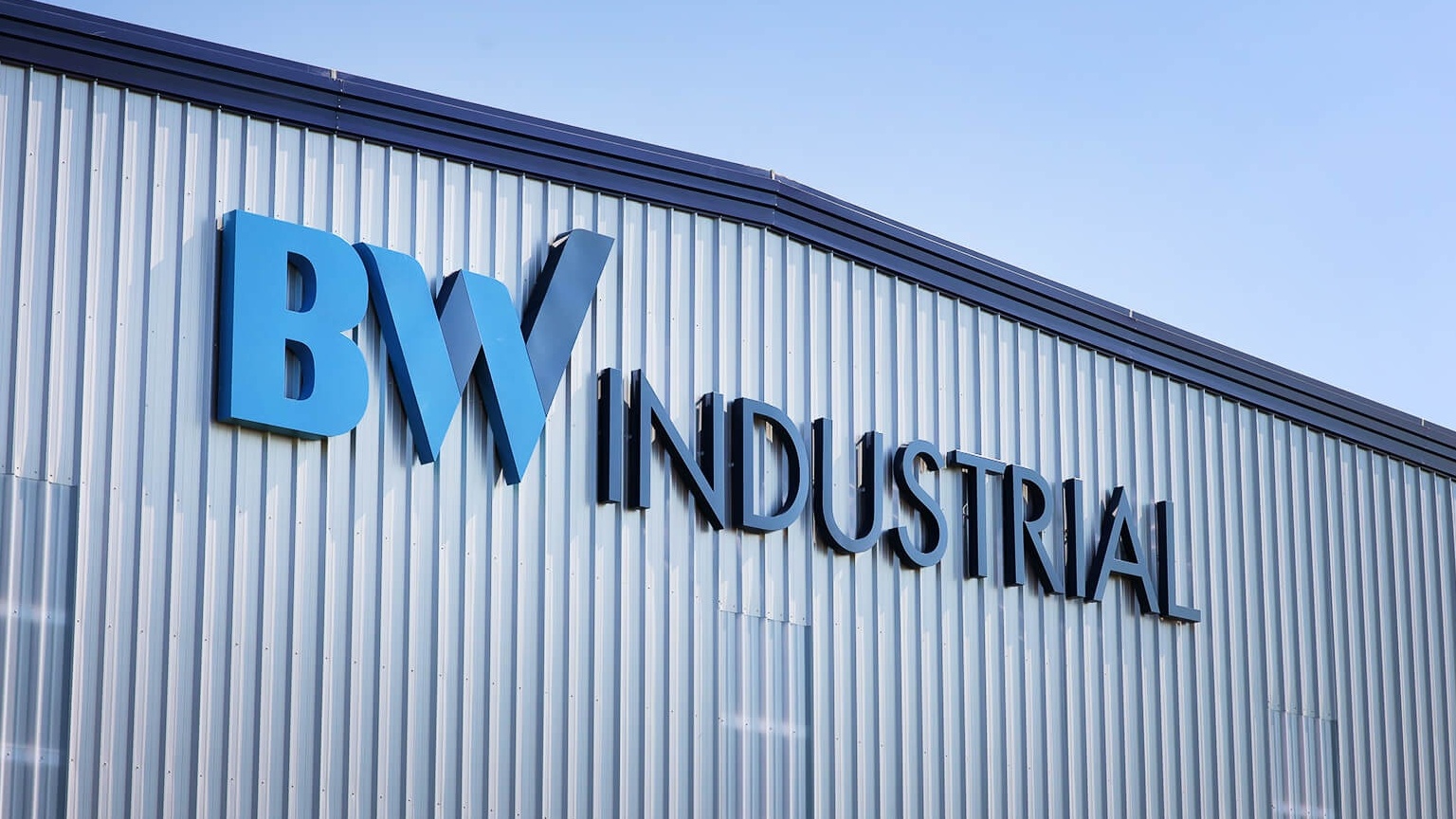


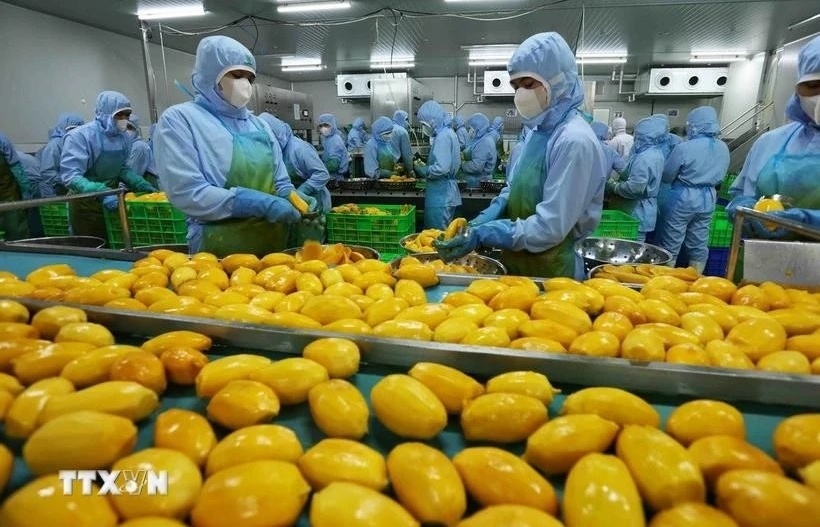


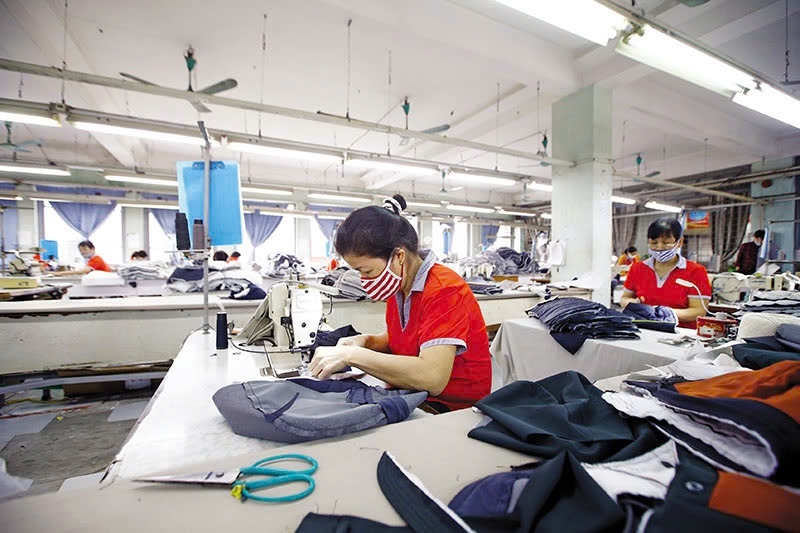
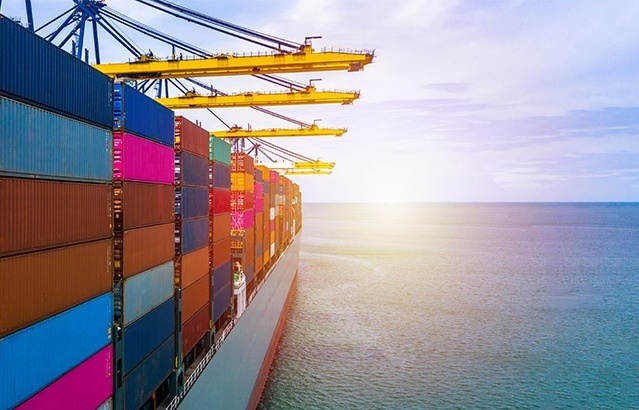










 Mobile Version
Mobile Version